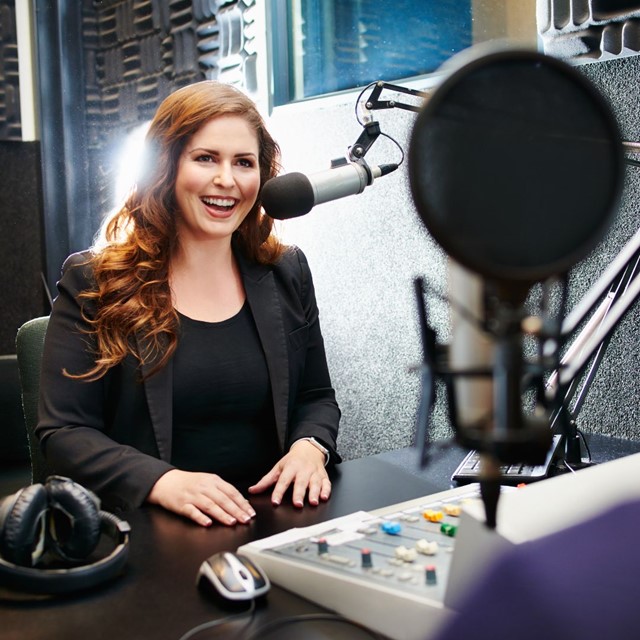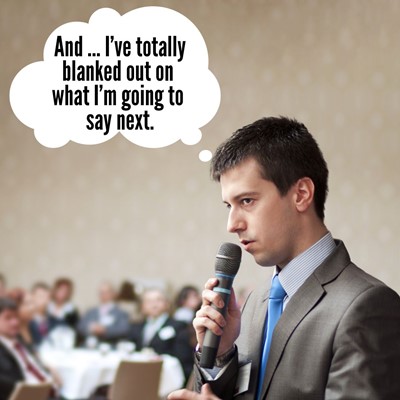
"Clothes make the man. Naked people have little or no influence on society."
– Mark Twain
Let's start with a disclaimer: Style is extremely personal, and we're not quick to tell anyone what they should wear. Clothing choices, like all choices when you speak or present, require you to think about what works for you and what works in a particular situation.
That said, we're still asked to advise people on what they should wear for television appearances.
Even if you're not destined for a spot on Good Morning America, you may find yourself on camera as part of your job.
Virtual meetings - with camera on - are unavoidable. More companies now use video to communicate messages that used to go out in an email. It seems every company is hosting town halls, and everyone's got a podcast. And we haven't even gotten into TikTok and all the other casual videos people make all the time.
In most of these cases, the same considerations apply. So, acknowledging that you need to make the right choices for yourself, here are some general guidelines that seem to help most people choose wisely:
Focus on your upper half
Most of the time, the camera will show you from the waist up, so give extra thought to the upper half of your outfit.
Cover your assets
Yes, we did just say "focus on your upper half." But in particular, if you're seated and you're wearing a skirt or dress, be sure it's long enough. Or consider--what will we see when your pants leg rides up? Give clothes the sit test before you appear on a TV set (or appear on stage for a panel discussion or interview).
Avoid extremes
General advice is to shy away from large patterns, neon colors, distracting jewelry. Instead, go for something more subdued, solids in softer colors, or muted patterns. Sometimes small patterns like checks or stripes can cause problems, seeming to wiggle on screen.
Careful with neutrals, too
White can be difficult on television, because it reflects light. Shades close to your skin tone can make it look as if you're not wearing anything.
Remove distractions
Take a look at yourself head to toe, and remove anything that can keep viewers from paying attention to what you have to say. That might mean you want to avoid showing off designer logos, especially if it conflicts with your purpose. It's helpful to take off bracelets that jangle or watches that clank.
Look appropriate
If you're appearing in a professional capacity, dress as if you're going to a business meeting. If you're participating in a video shot at, say, a construction site or soup kitchen, dress neatly—but dress appropriately. It may not be the time for sleek suits or designer heels.
Bring backup and do a last minute mirror check
You may arrive and find that what you're wearing blends into the set, that the person interviewing you is wearing the same jacket—or you may spill coffee on your shirt. Just before you go on, make sure everything is in place.
Most important - find ways of dressing that work for you
We all know people who look great on camera, even though they're violating some or all of the guidance we've just provided. The best thing you can do is to take note of what works for you and watch what you like in others.
There's no reason you have to look like everyone else - and a good argument to be made for bringing your unique style to every task. Most important is feeling confident in the way you present yourself.
LEARN MORE
Are you fascinated (as we are) about the deliberate messages people send with their clothing choices? Then you might enjoy following fashion journalist Elizabeth Holmes on Instagram.
Find tips here from a veteran television new anchor on how to improve your delivery on camera.
Use this technique to sharpen your messages, shared with us from a regular guest on the BBC who has to explain complex economic issues.
Along with looking good, be sure to sound your best by getting rid of filler sounds that can drive an audience mad. Here's how.






